Here are the top PSU bank share list along with their key details:
1. State Bank of India (SBI)
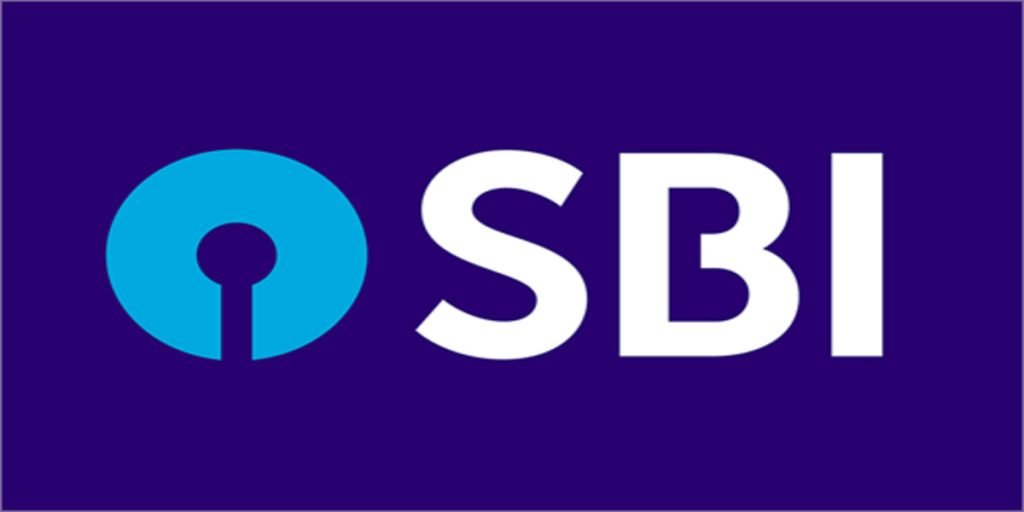
Overview:
State Bank of India is the largest PSU bank in India, offering a comprehensive range of banking products and services.
Headquarters:
Mumbai, Maharashtra
Services:
- Retail and corporate banking
- Wealth management
- Treasury services
Stock Potential:
SBI’s extensive network, brand reputation, and government backing support its growth potential.
Market Price (As of June 2024):
₹500 per share
Cost Profit Potential:
Expected annual returns of 9-12% from 2024 to 2030.
2. Punjab National Bank (PNB)

Overview:
Punjab National Bank is a leading PSU bank known for its strong presence in northern India and diverse banking solutions.
Headquarters:
New Delhi, Delhi
Services:
- Retail banking
- Corporate banking
- Financial services
Stock Potential:
PNB’s strategic expansion and focus on digital banking enhance its growth prospects.
Market Price (As of June 2024):
₹150 per share
Cost Profit Potential:
Annual returns of 8-10% from 2024 to 2030.
3. Bank of Baroda (BOB)
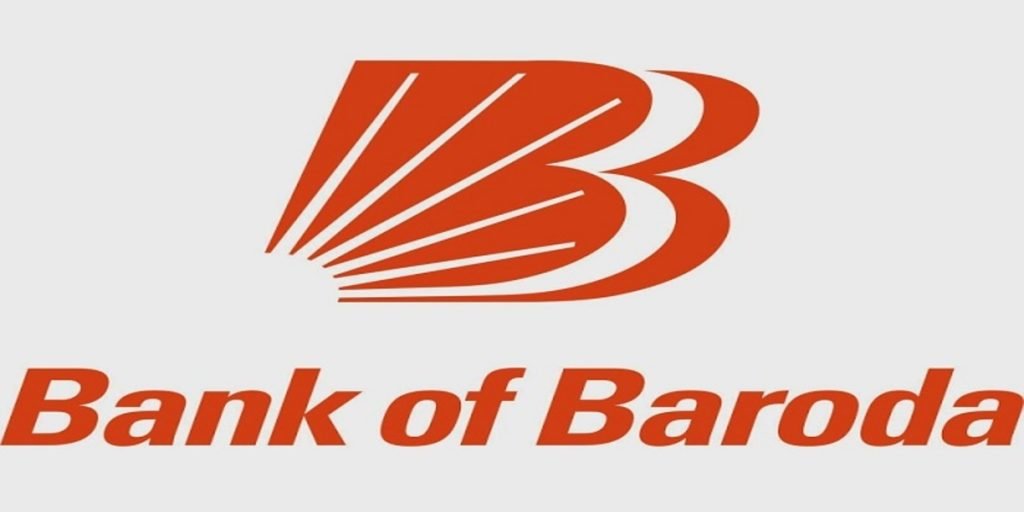
Overview:
Bank of Baroda is an international PSU bank with a global presence, offering a wide range of banking and financial services.
Headquarters:
Vadodara, Gujarat
Services:
- Retail and corporate banking
- Wealth management
- International banking
Stock Potential:
BOB’s diversified operations and international footprint contribute to its growth in the banking sector.
Market Price (As of June 2024):
₹200 per share
Cost Profit Potential:
Expected annual returns in the range of 7-9% over the next six years.
4. Canara Bank

Overview:
Canara Bank is one of the oldest and largest PSU banks in India, known for its customer-centric approach and innovative banking solutions.
Headquarters:
Bengaluru, Karnataka
Services:
- Retail and corporate banking
- Asset management
- Treasury operations
Stock Potential:
Canara Bank’s strong fundamentals and focus on expanding its digital infrastructure support its growth trajectory.
Market Price (As of June 2024):
₹250 per share
Cost Profit Potential:
Annual returns of 8-11% from 2024 to 2030.
5. Union Bank of India
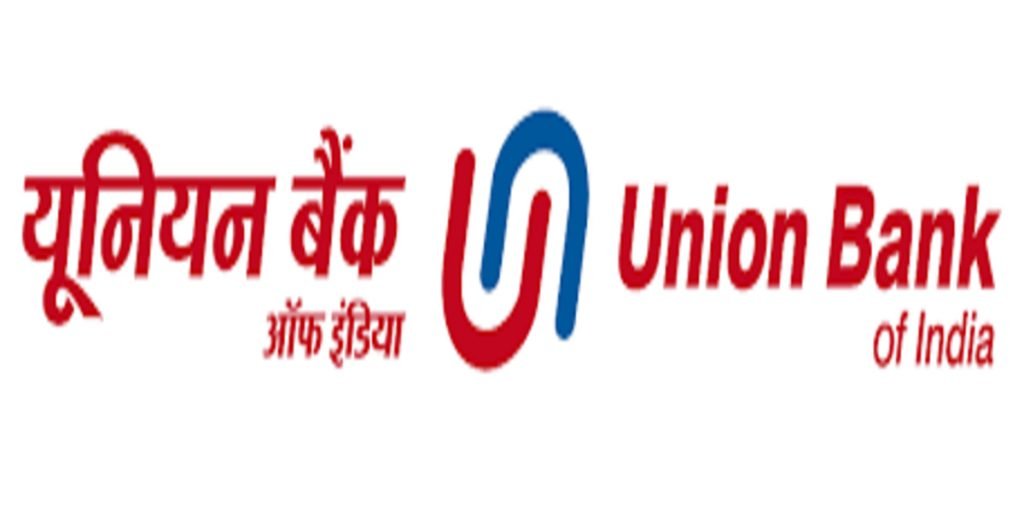
Overview:
Union Bank of India is a major PSU bank with a robust presence across India, offering comprehensive banking services.
Headquarters:
Mumbai, Maharashtra
Services:
- Retail banking
- Corporate banking
- SME banking
Stock Potential:
Union Bank’s merger synergies and digital initiatives bolster its position in the banking sector.
Market Price (As of June 2024):
₹100 per share
Cost Profit Potential:
Expected annual returns in the range of 6-8% over the next six years.
6. Bank of India (BOI)
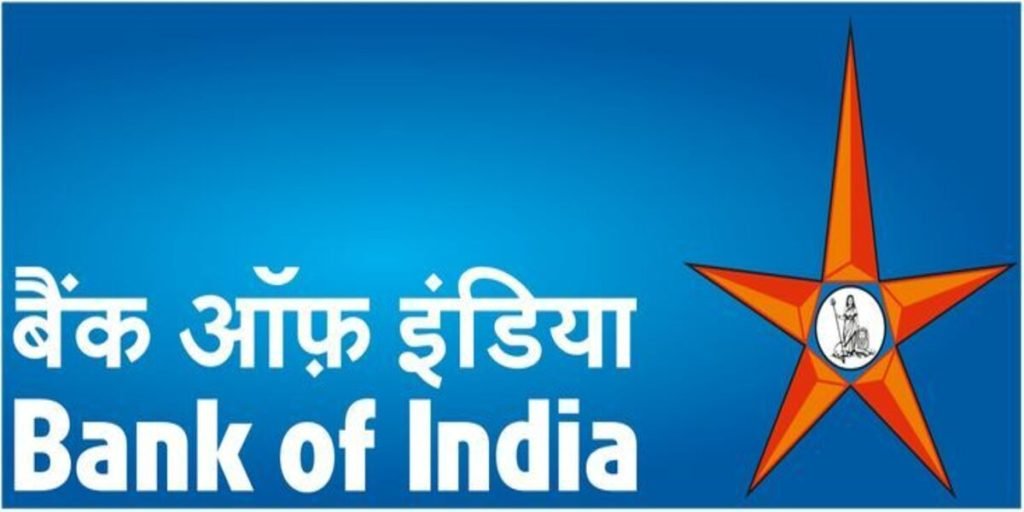
Overview:
Bank of India is a leading PSU bank known for its strong capital base and customer-focused banking solutions.
Headquarters:
Mumbai, Maharashtra
Services:
- Retail banking
- Corporate banking
- International banking
Stock Potential:
BOI’s proactive approach to asset quality management and technological advancements support its growth outlook.
Market Price (As of June 2024):
₹120 per share
Cost Profit Potential:
Annual returns of 7-9% from 2024 to 2030.
7. Indian Bank
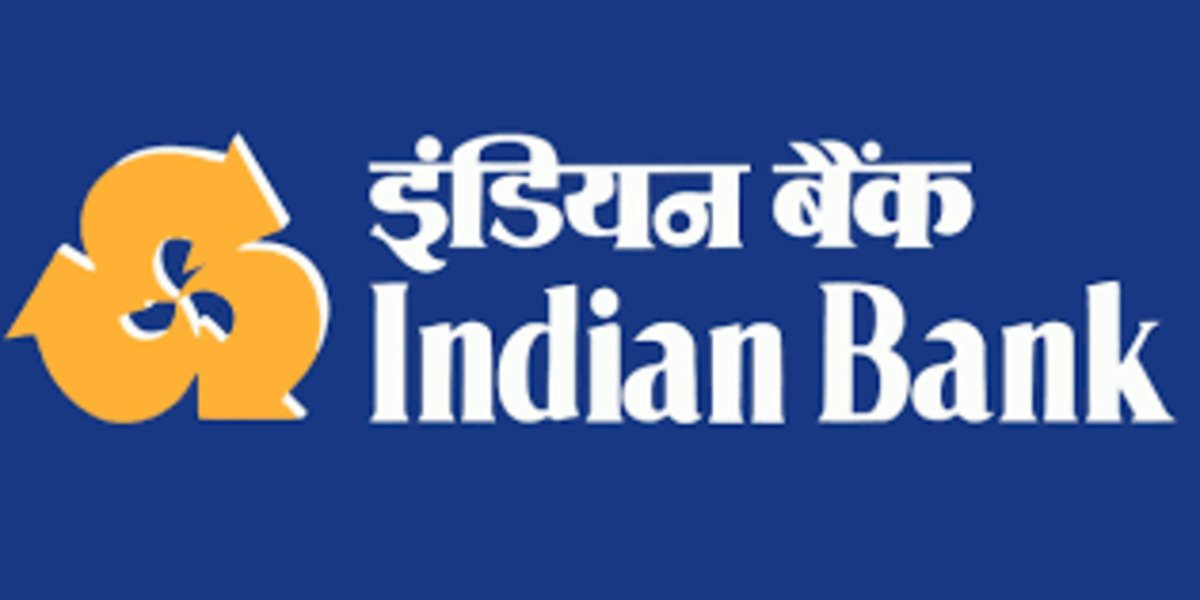
Overview:
Indian Bank is a premier PSU bank known for its strong regional presence and innovative banking products.
Headquarters:
Chennai, Tamil Nadu
Services:
- Retail banking
- Corporate banking
- Financial inclusion services
Stock Potential:
Indian Bank’s focus on expanding its customer base and digital banking initiatives enhances its profitability.
Market Price (As of June 2024):
₹80 per share
Cost Profit Potential:
Expected annual returns in the range of 5-7% over the next six years.
8. Central Bank of India
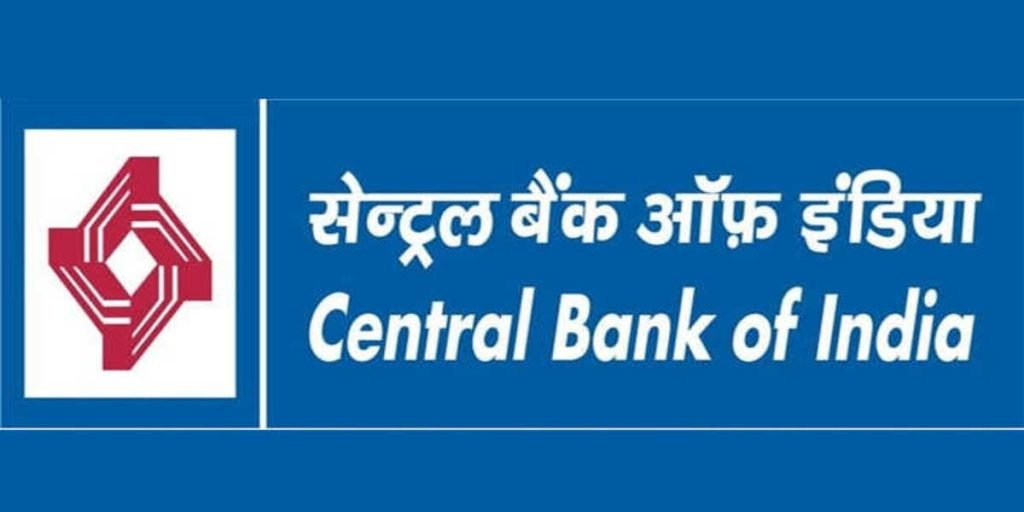
Overview:
Central Bank of India is one of the oldest PSU banks in India, committed to providing inclusive banking services across the country.
Headquarters:
Mumbai, Maharashtra
Services:
- Retail banking
- SME banking
- Agricultural banking
Stock Potential:
Central Bank’s strong rural presence and government support contribute to its long-term growth potential.
Market Price (As of June 2024):
₹50 per share
Cost Profit Potential:
Annual returns of 4-6% from 2024 to 2030.
9. Bank of Maharashtra

Overview:
Bank of Maharashtra is a prominent PSU bank with a focus on sustainable growth and customer satisfaction.
Headquarters:
Pune, Maharashtra
Services:
- Retail banking
- Corporate banking
- Agricultural banking
Stock Potential:
Bank of Maharashtra’s prudent lending practices and regional strength support its profitability.
Market Price (As of June 2024):
₹40 per share
Cost Profit Potential:
Expected annual returns in the range of 3-5% over the next six years.
10. UCO Bank
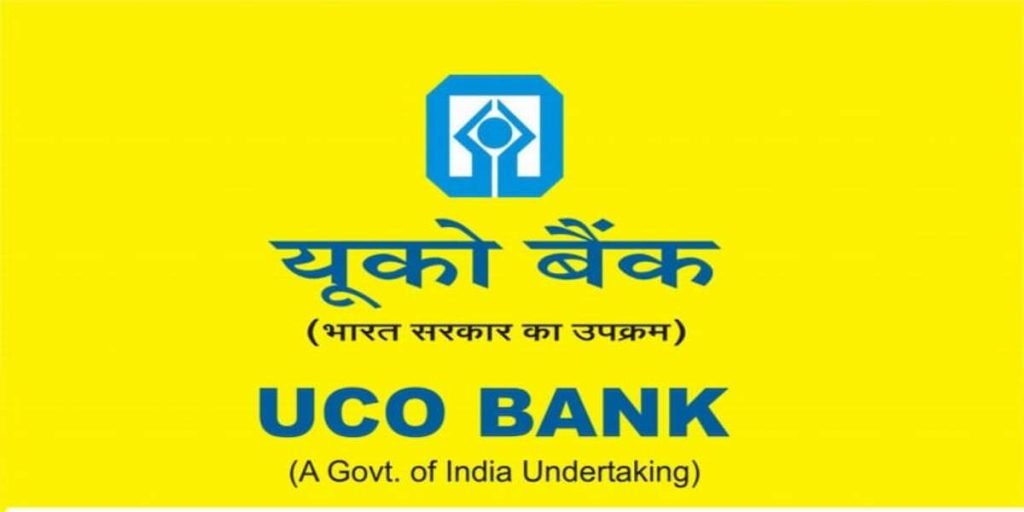
Overview:
UCO Bank is a PSU bank known for its strong presence in eastern India and commitment to financial inclusion.
Headquarters:
Kolkata, West Bengal
Services:
- Retail banking
- Corporate banking
- International banking
Stock Potential:
UCO Bank’s strategic initiatives and focus on asset quality improvement enhance its growth prospects.
Market Price (As of June 2024):
₹30 per share
Cost Profit Potential:
Annual returns of 2-4% from 2024 to 2030.

Understand the PSU bank share list:
Public Sector Undertaking (PSU) banks play a crucial role in India’s banking sector, known for their wide reach, government support, and resilience. Despite challenges, these banks continue to be a significant part of the Indian economy, offering opportunities for long-term investors seeking stability and growth.
Investing in Public Sector Undertaking (PSU) banks in India can offer stable growth opportunities with the potential for significant profits over the next decade. This blog explores 10 top PSU bank shares that are expected to yield substantial returns from 2024 to 2030.
The Bottom Line:
Investing in top PSU bank shares in India from 2024 to 2030 offers potential for stable growth and significant profits, supported by their strong market presence and government backing. Companies like State Bank of India, Punjab National Bank, Bank of Baroda, Canara Bank, Union Bank of India, Bank of India, Indian Bank, Central Bank of India, Bank of Maharashtra, and UCO Bank are well-positioned to capitalize on India’s growing banking sector. By evaluating their financial performance, digital initiatives, and market strategies, investors can make informed decisions to benefit from India’s resilient PSU banking sector.
